La citta’ murata di Treviso ha origine da un villaggio paleoveneto di epoca preromana. Se pensiamo a quante ne ha viste e vissute il capoluogo della Marca tra il passaggio dei barbari e le famose dinastie di famiglie che imponevano il proprio potere, solo sotto la Serenissima la citta’ ha avuto un po’ di tregua ed ha potuto conoscere un lungo periodo di fiorente sviluppo. Piu’ di recente, nel secolo scorso Treviso e’ stata segnata dal pesante bombardamento subito dall’aviazione statunitense nel 1944 in quanto sede di un importante crocevia ferroviario. Nel secondo dopoguerra la storia della citta’ e’ stata caratterizzata da una frequente mancanza di lavoro che ha portato molti nostri concittadini a cercar fortuna altrove. A testimonianza di queste esperienze nel 1973 e’ stata costituita l‘”Associazione Trevisani nel Mondo“. Dagli anni sessanta in poi, con il sorgere e il fiorire di una multitudine di piccole realta’ produttive, una delle zone piu’ depresse d’Italia e’ diventata un caso di studio per il suo boom economico.
Il capoluogo della Marca e’ molto legato all’acqua e lo si percepisce immediatamente passeggiando per il suo incantevole centro. Il fiume di risorgiva che nasce nel suo territorio e’ il Bottaniga, che in prossimita’ della citta’ si suddivide in rami detti Cagnani, tipici del centro, mentre il Sile ne lambisce e affianca la parte esterna delle mura.
Il centro storico e’ caratterizzato da zone strettamente pedonali, dove perdersi e scoprire degli scenari mozzafiato, oppure lasciarsi condurre dall’olfatto per entrare in un’osteria e provare un panino caldo con la porchetta accompagnato da uno spritz. La tradizione enogastronomica trevigiana e’ basata su prodotti semplici e freschi, sia di pesce che di carne. E proprio in uno dei ristoranti trevigiani nel 1970 fu inventato uno dei dolci piu’ famosi al mondo, il Tiramisu’.
I luoghi di interesse della citta’ si sviluppano per lo piu’ dentro le mura, quindi con un minimo sforzo, potrete visitare la Chiesa di San Francesco che custodisce le tombe di un figlio di Dante e di una figlia di Petrarca. San Nicolo’ invece e’ la chiesa piu’ grande della citta’ mentre il Duomo ne e’ il principale luogo di culto e qui potrete ammirare l’Annunciazione Malchiostro di Tiziano.
Il cuore pulsante di Treviso e’ in Piazza dei Signori, mentre alle spalle del Palazzo dei Trecento si trova una delle zone che preferisco: la Pescheria e i Buranelli. Proprio qui avrete la possibilita’ di vedere come l’acqua si amalgami con la citta’, tanto che alcuni scorci sembrano rubati a Venezia.
Diverse sono le sedi museali e palazzi che ospitano esposizioni permanenti o temporanee. Se rimanete in citta’ e desiderate visitarla, le cose da vedere e fare sono molte, ma quello che mi sento di suggerirvi e’ di lasciarvi condurre dall’istinto, Treviso vi sapra’ accogliere in modo sorprendente, come i suoi abitanti.
link: http://www.trevisaninelmondo.it
link: http://www.trevisoinfo.it
The walled city of Treviso originates from a paleoveneto village in pre-Roman times. The history of the city has been shaped by the passage of the barbarians, the famous dynasties of Venetian families who imposed their own power, and only under the Venice Republic of the Serenissima the city enjoyed a little rest and has known a long flourishing period. More recently, the city suffered heavy wartime bombing by the U.S. aviation in 1944, because it was an important railroad hub. Subsequently, the history of the city is characterized by a lack of work that has led many of our fellow citizens to seek their fortune elsewhere. To celebrate and retain memory of these experiences in 1973 the “Associazione Trevisani nel Mondo” (Association of the Trevisani all around the world) was born. Then from the 1960s onwards, with the rise of a multitude of small production realities, one of the most deprived areas of Italy became a case study all over the world for its economic boom.
The capital of the Marca is very close to the water and you immediately feel it while walking around the old city. The resurgence river that is born in its territory is the Bottaniga that nearby city divides into branches, known as Cagnani, typical views of the historic center, while the Sile flows just outside of the walls.
The old town is characterized by strictly pedestrian areas, where you can get lost and discover breathtaking sceneries. Or you can let yourself be led by the smell and pop into a tavern and try a hot sandwich with roast pork (porchetta trevigiana) accompanied by a spritz or a glass of Prosecco. The culinary tradition of Treviso is based on simple and fresh products, vegetables, fish and meat. And in one of the restaurants of Treviso in 1970 was invented one of the most famous desserts in the world, the Tiramisu’.
The main places to visit in the city are within the city walls, so with a little effort, you can visit the Church of San Francesco which houses the tombs of Dante’s son and and of a daughter of Petrarca’s. San Nicolo’ instead is the biggest church in the city, while the Duomo is the main place of worship, and here you can admire the “Annunciazione Malchiostro” of Tiziano.
The heart of Treviso is in Piazza dei Signori, while behind the Palazzo dei Trecento is one of the areas that I prefer: Pescheria and Buranelli. Precisely in this area you will have the chance to see how the water mixes with the city, and some glimpses seem stolen from Venice.
There are various museums and palaces that host permanent or temporary exhibitions. If you overnight in the city and want to visit it, the things to see and do are many, but what I would recommend is to let yourselves be driven by instinct, and Treviso will welcome you in a surprising way, as its inhabitants.


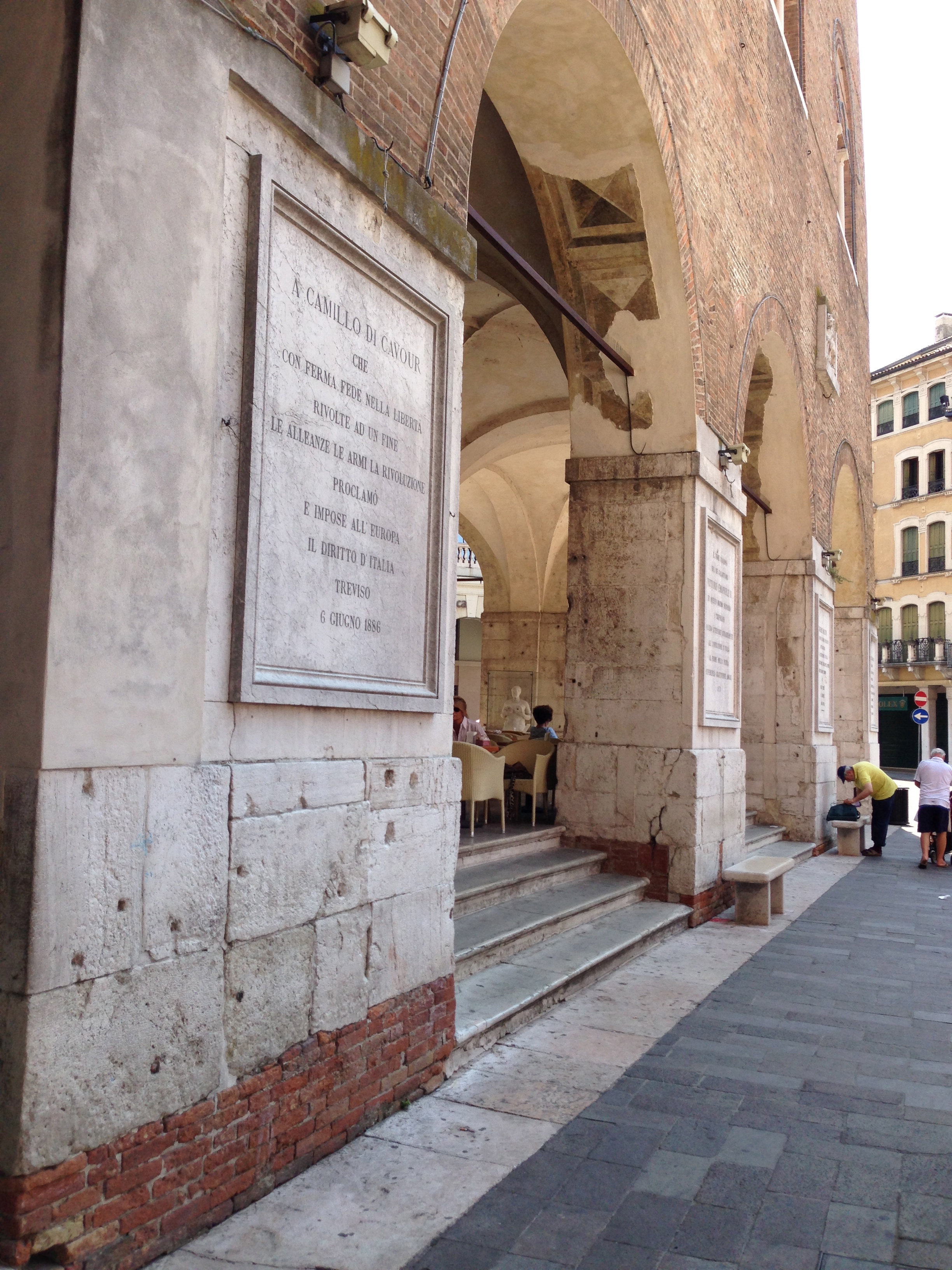

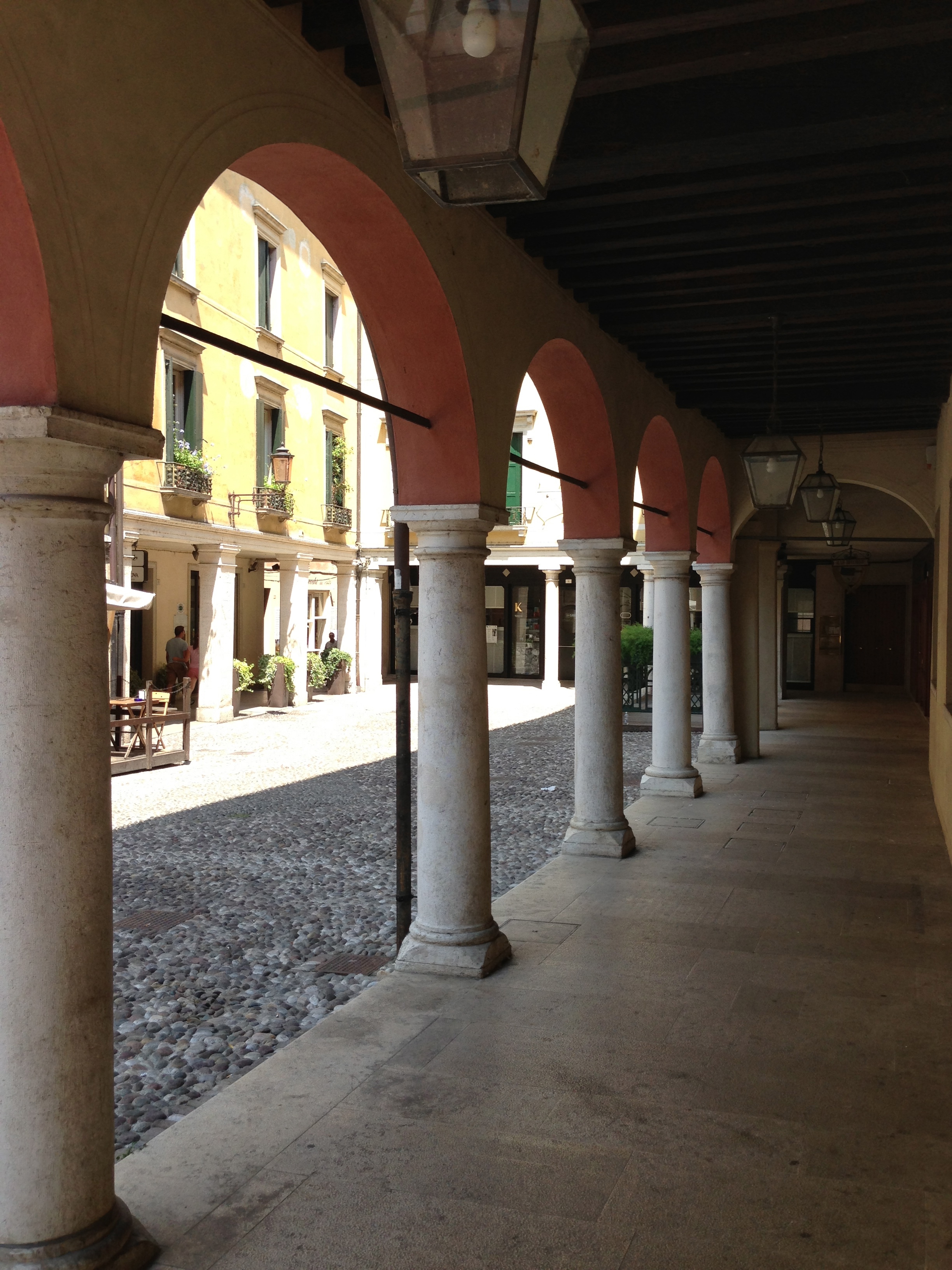
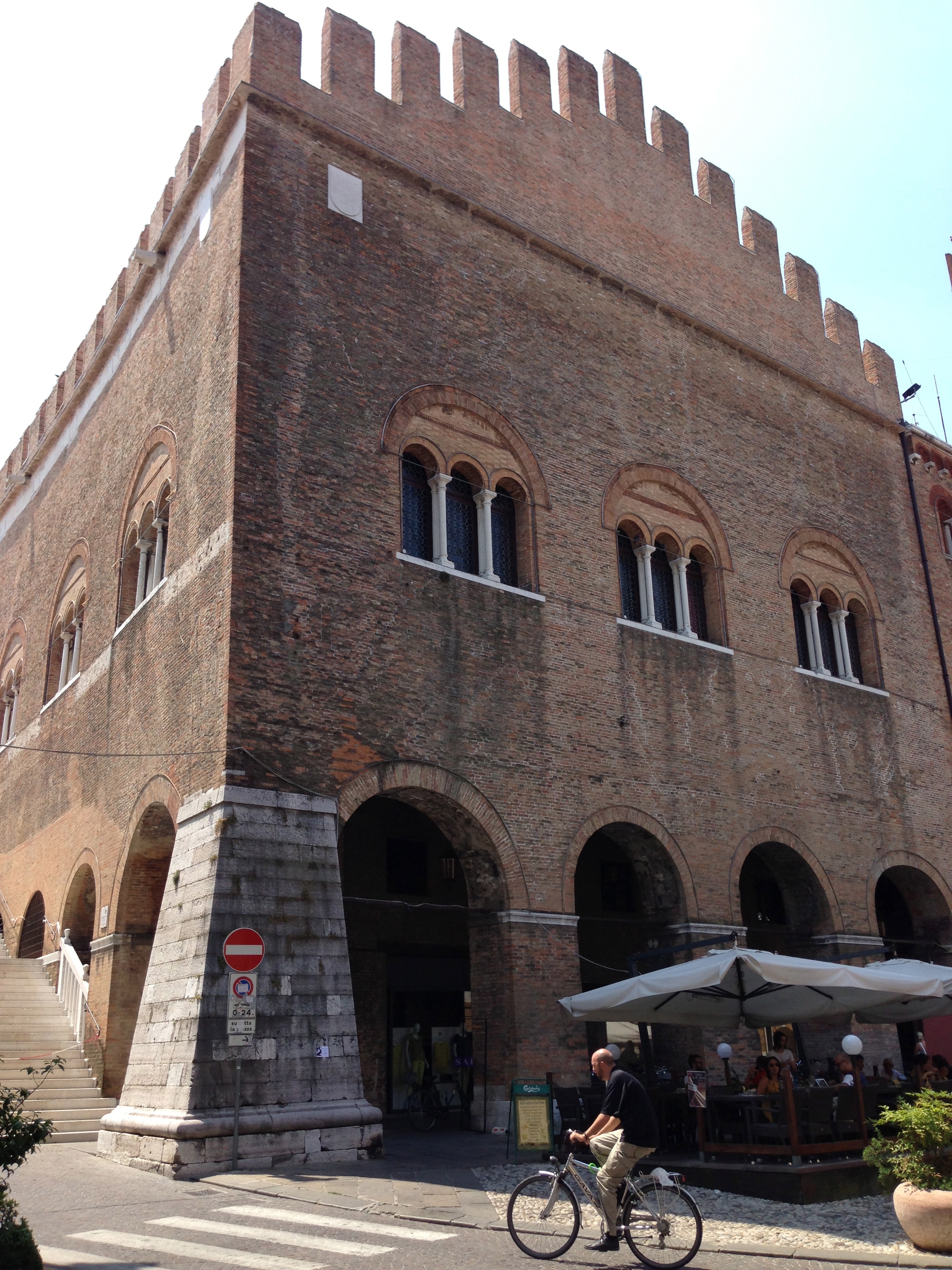
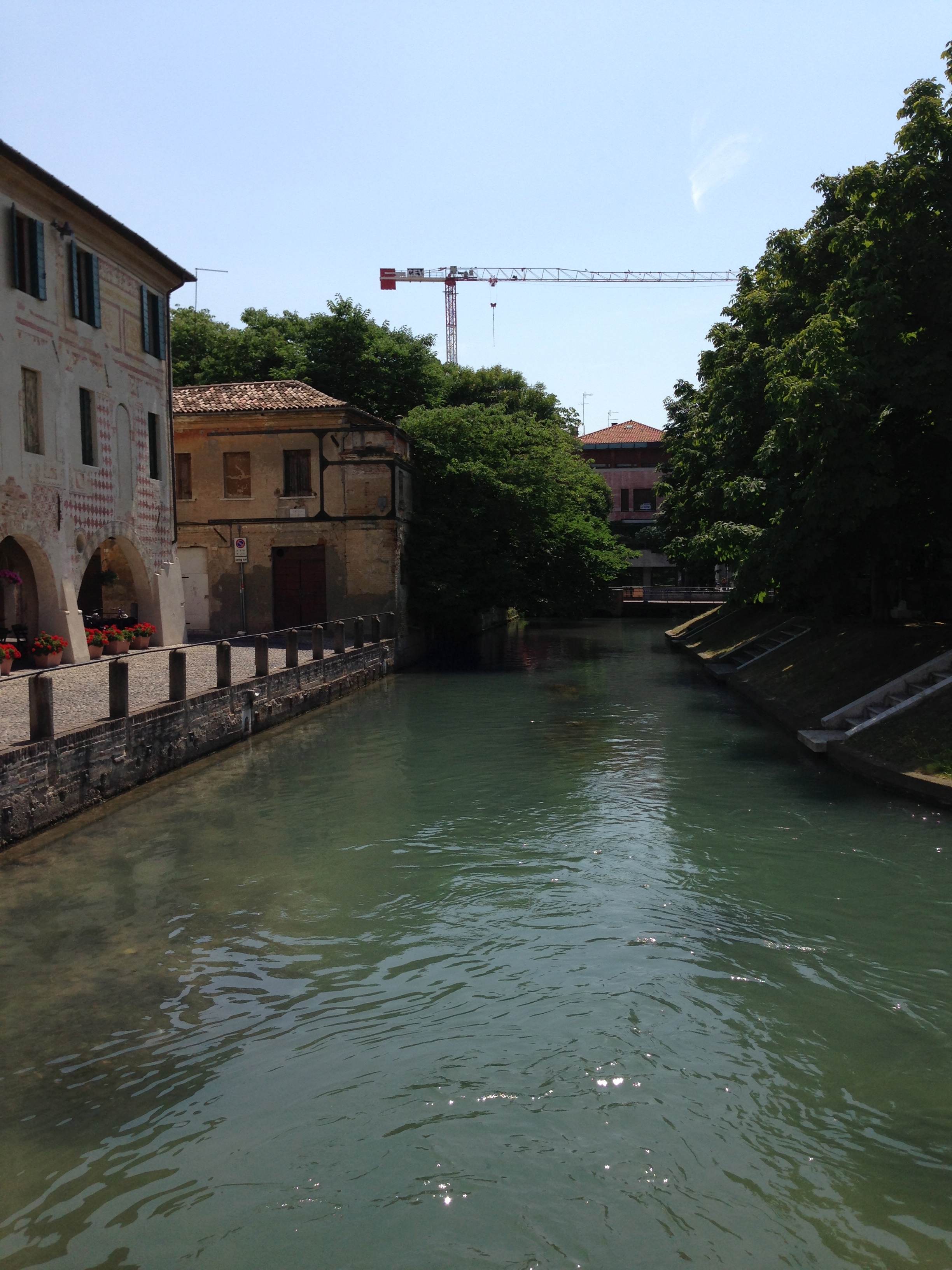
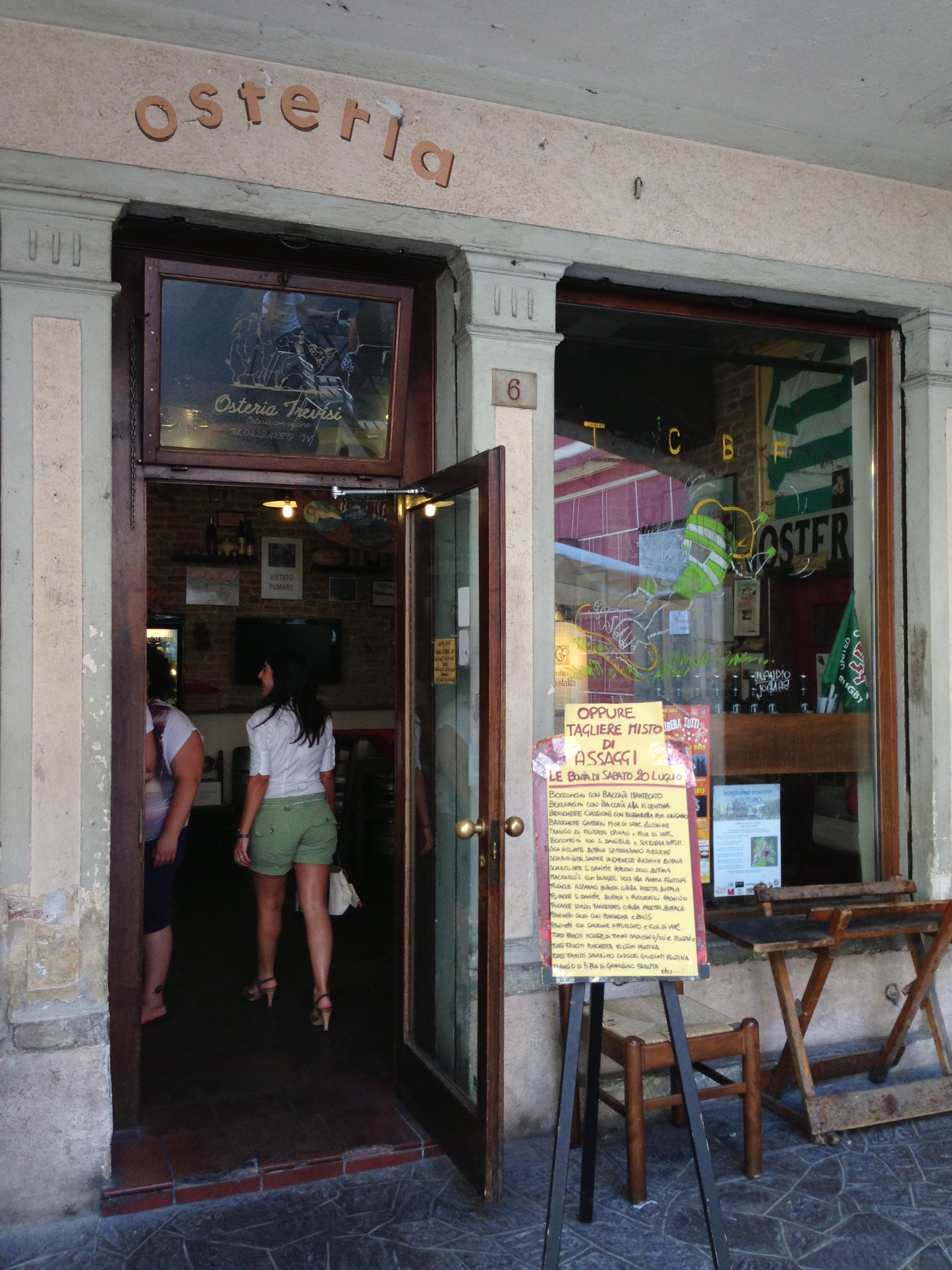


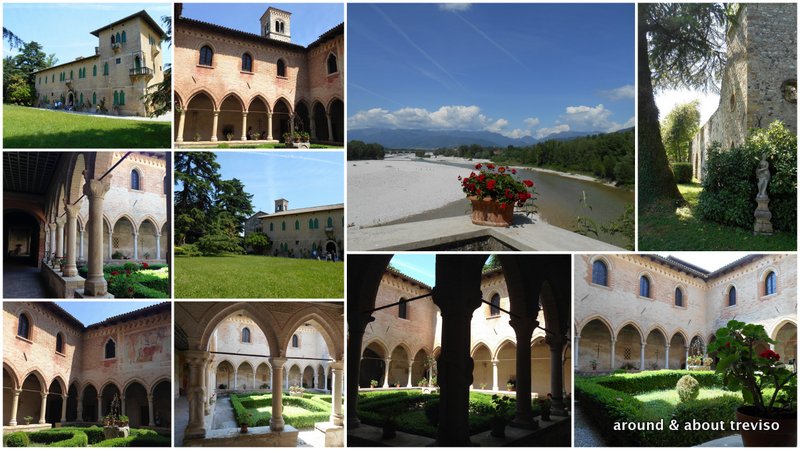
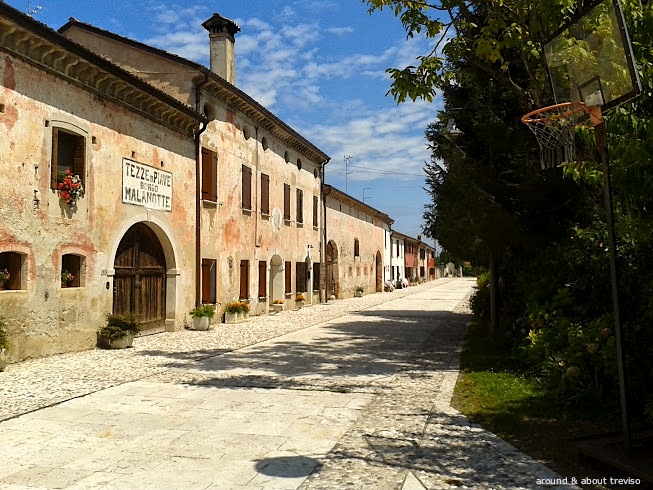
How I would love to wander about this beautiful city…and how special would it be to have a serving of Tiramisu at an outdoor cafe in the town where it was conceived!
k-
this would really be a wonderful experience. Whenever you can make it, I’ll be here to advise you 🙂
Stupendo! Bellissime foto, complimenti! Abbraccio, denya
Grazie Denya, complimenti a voi per il nuovo sito!!!!